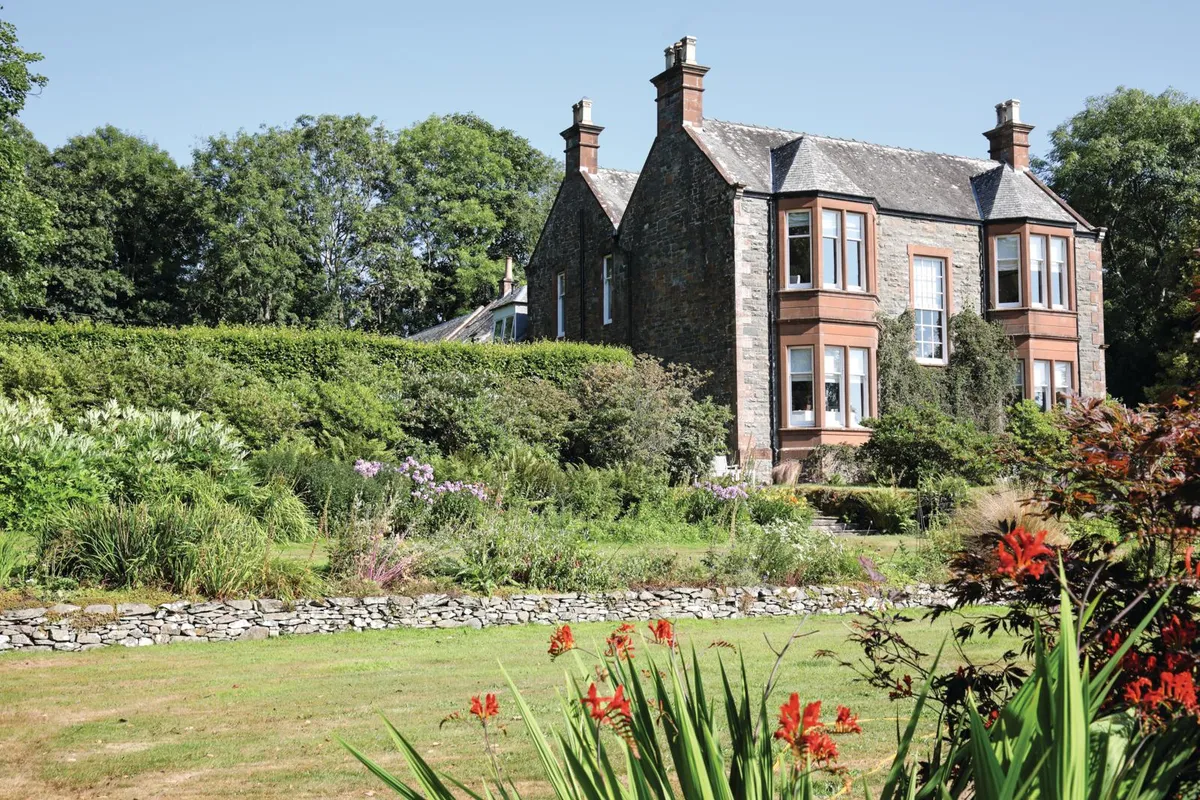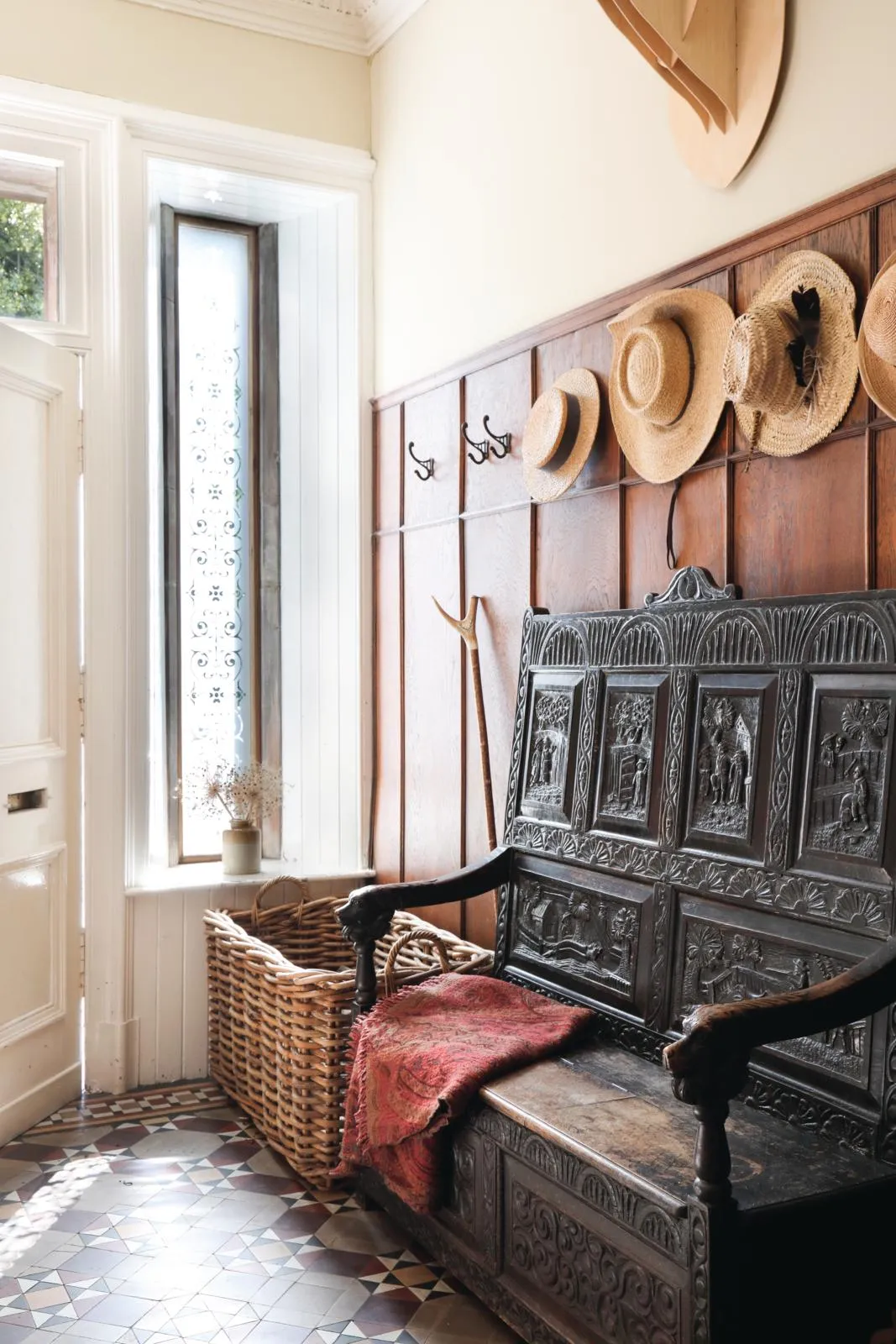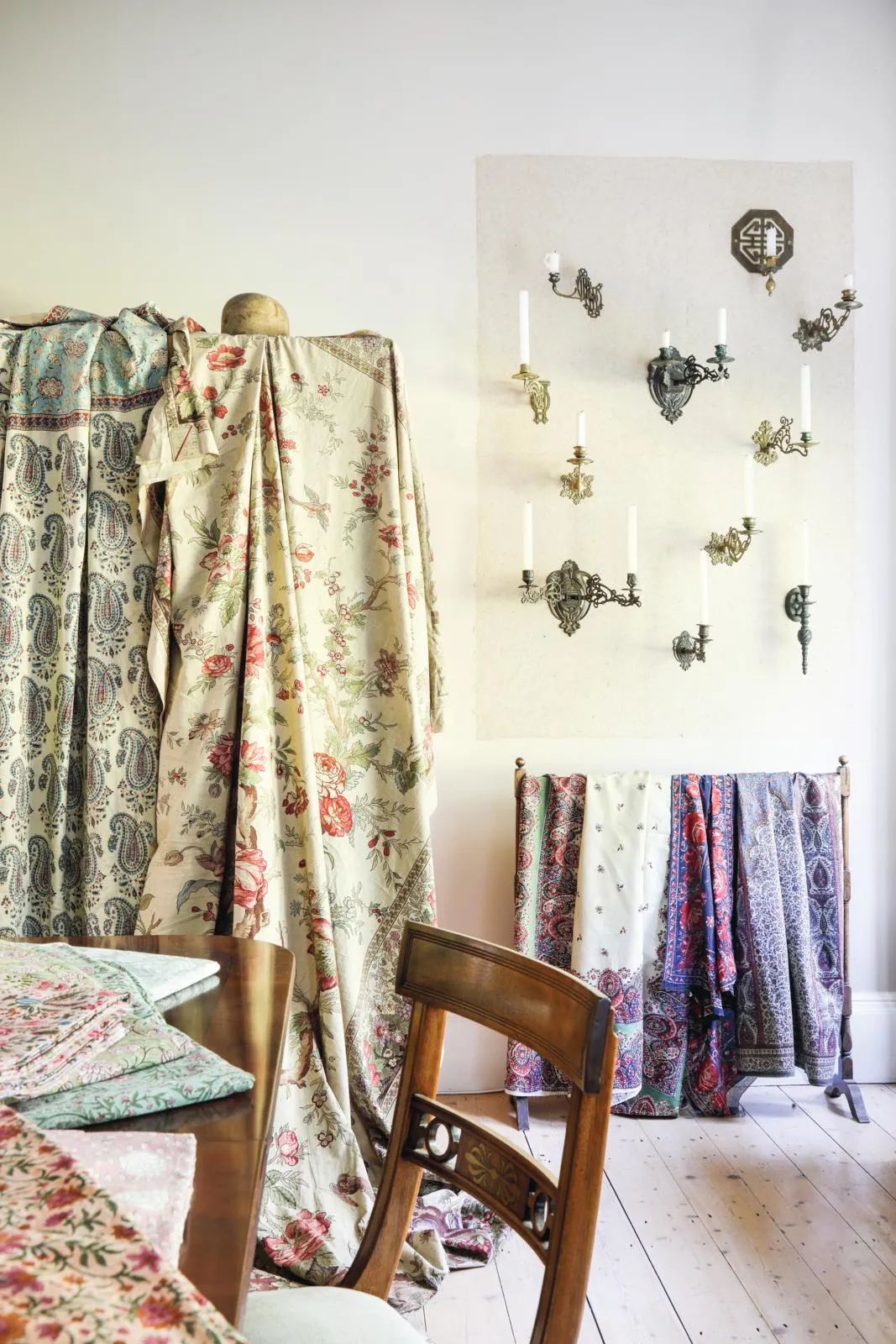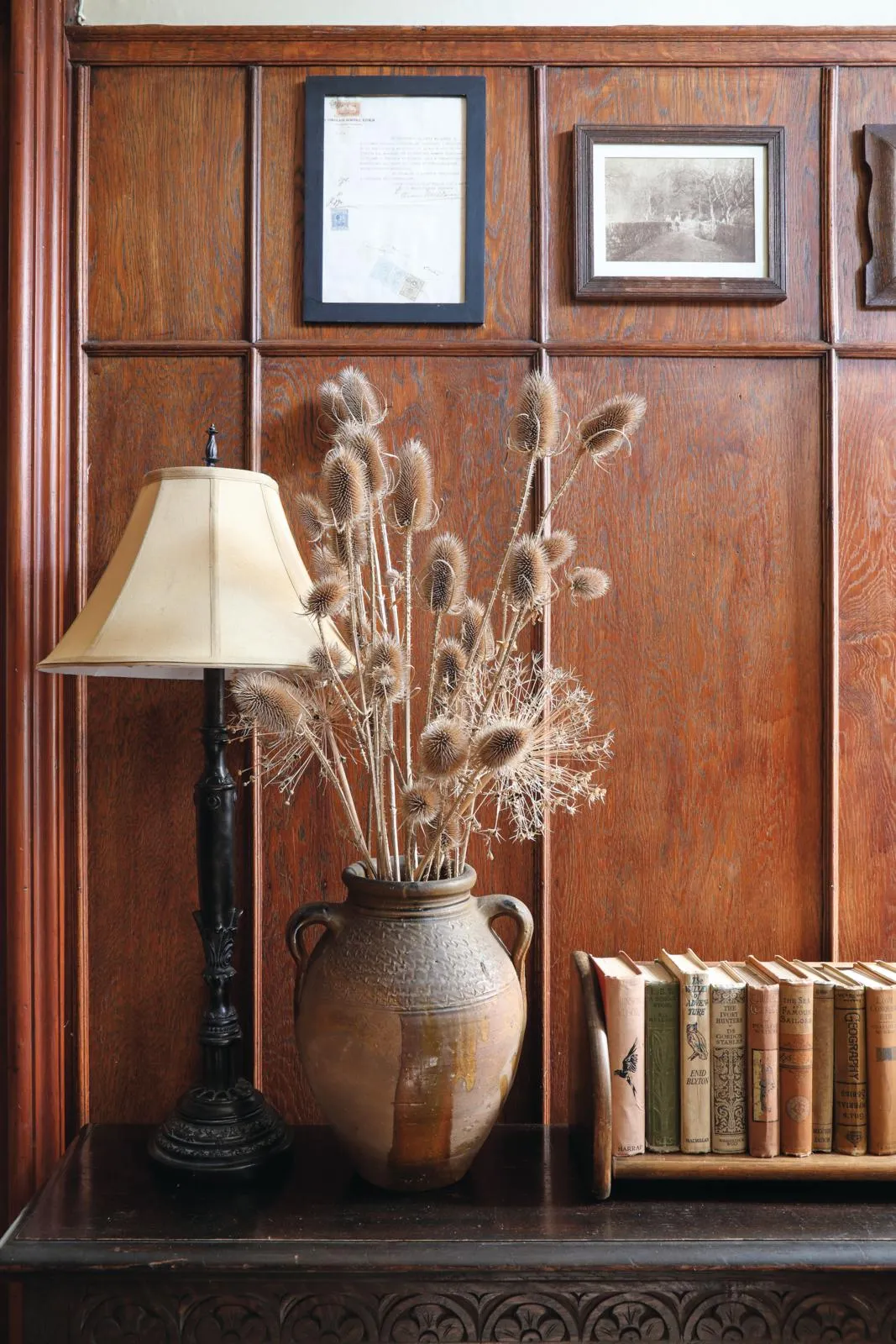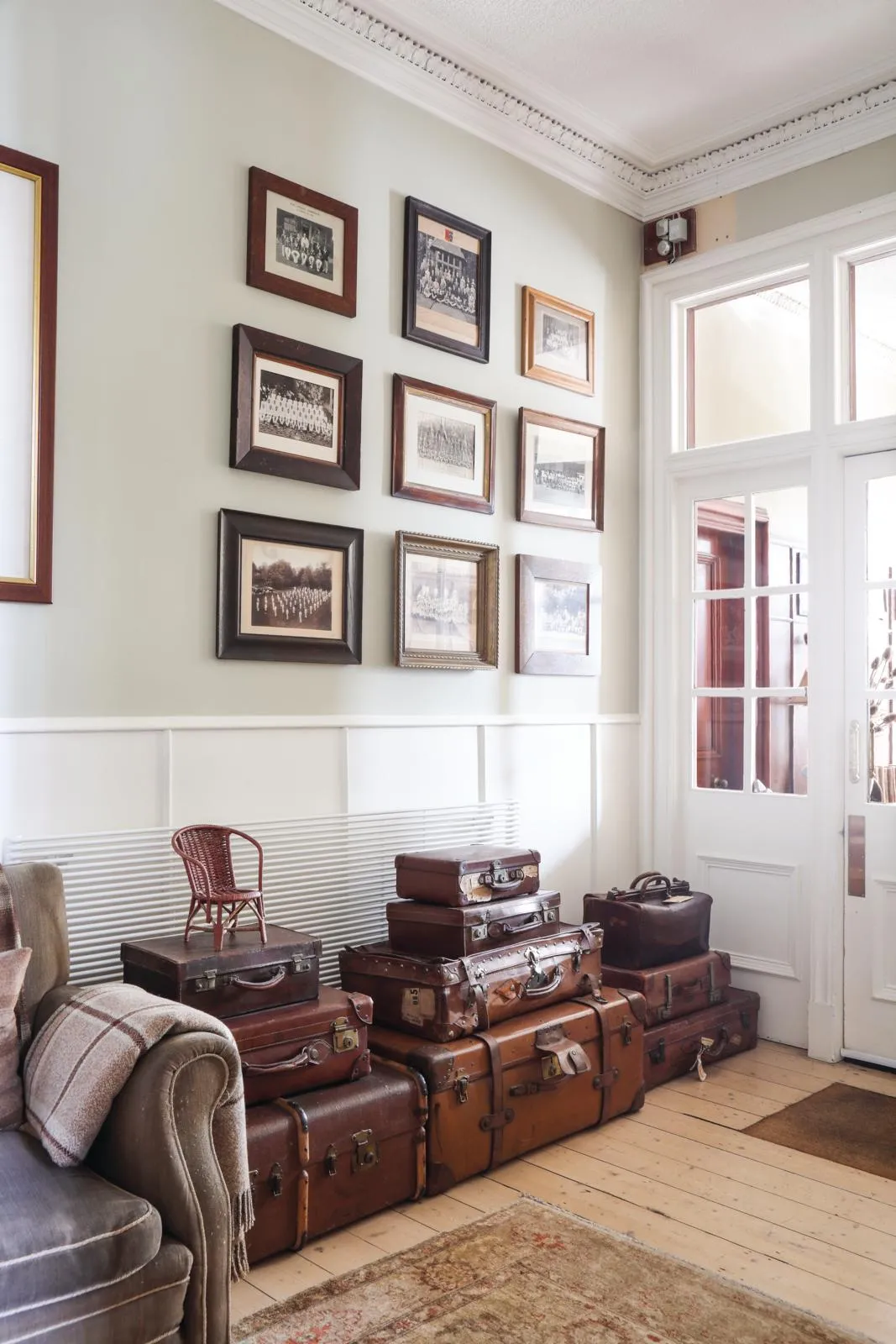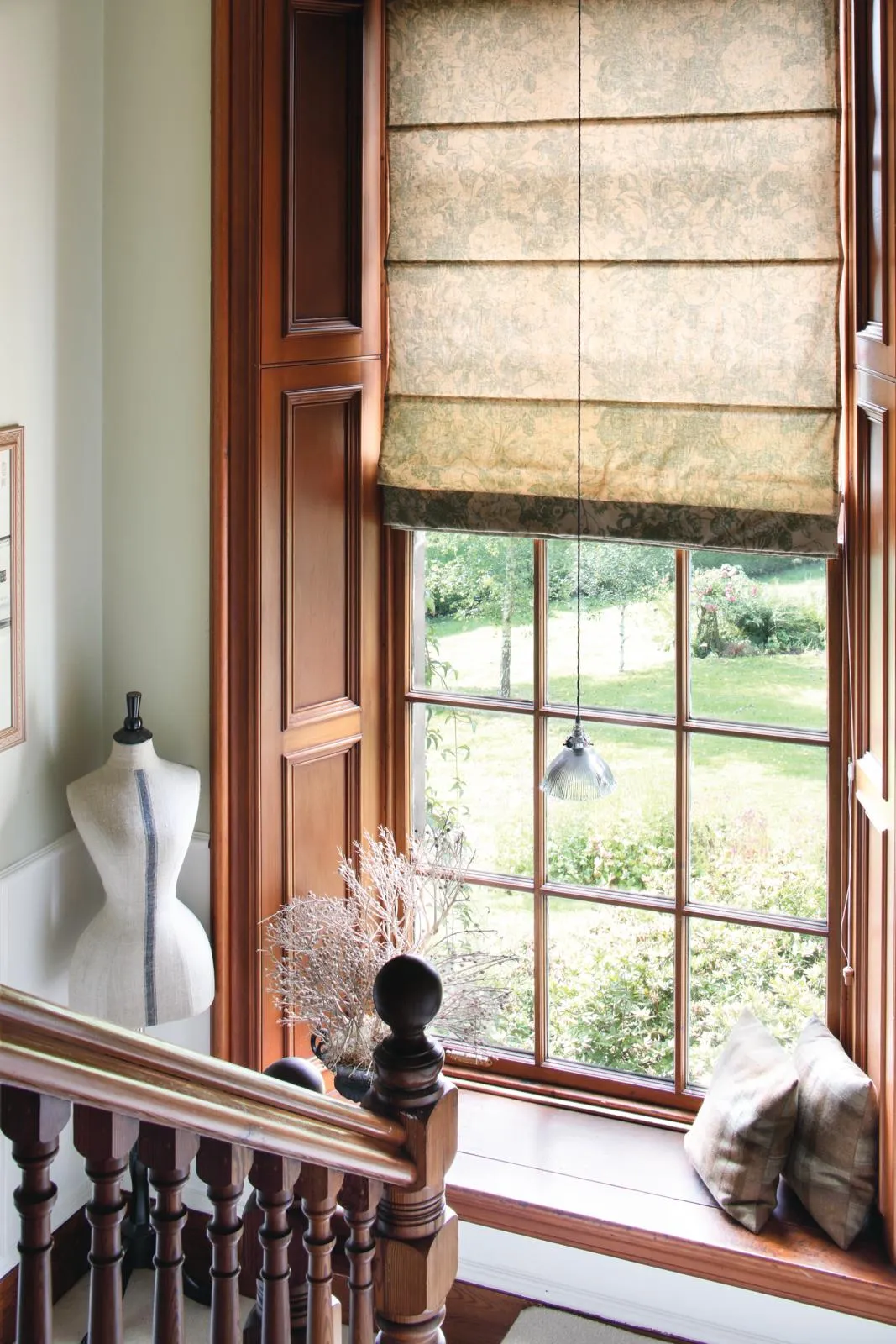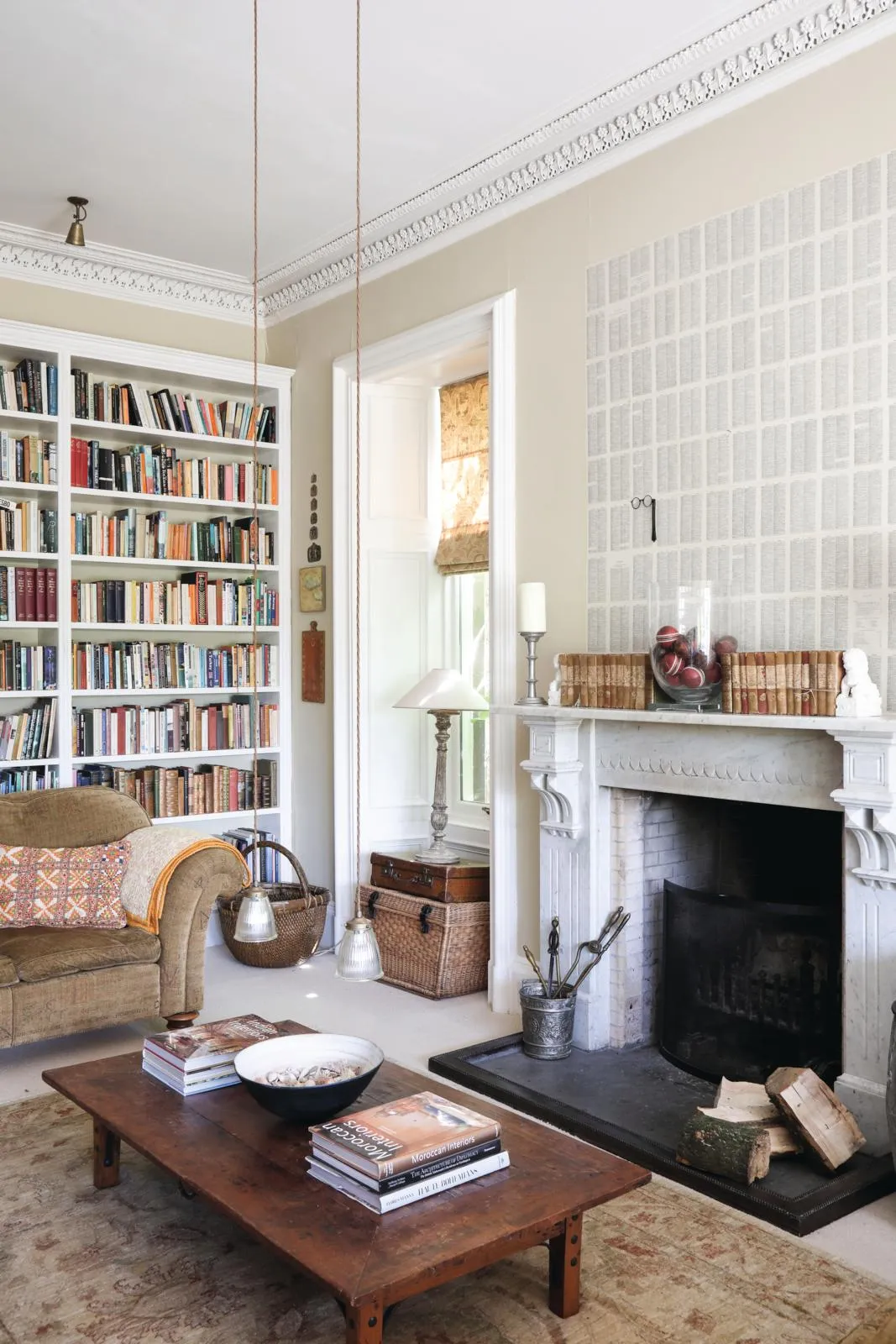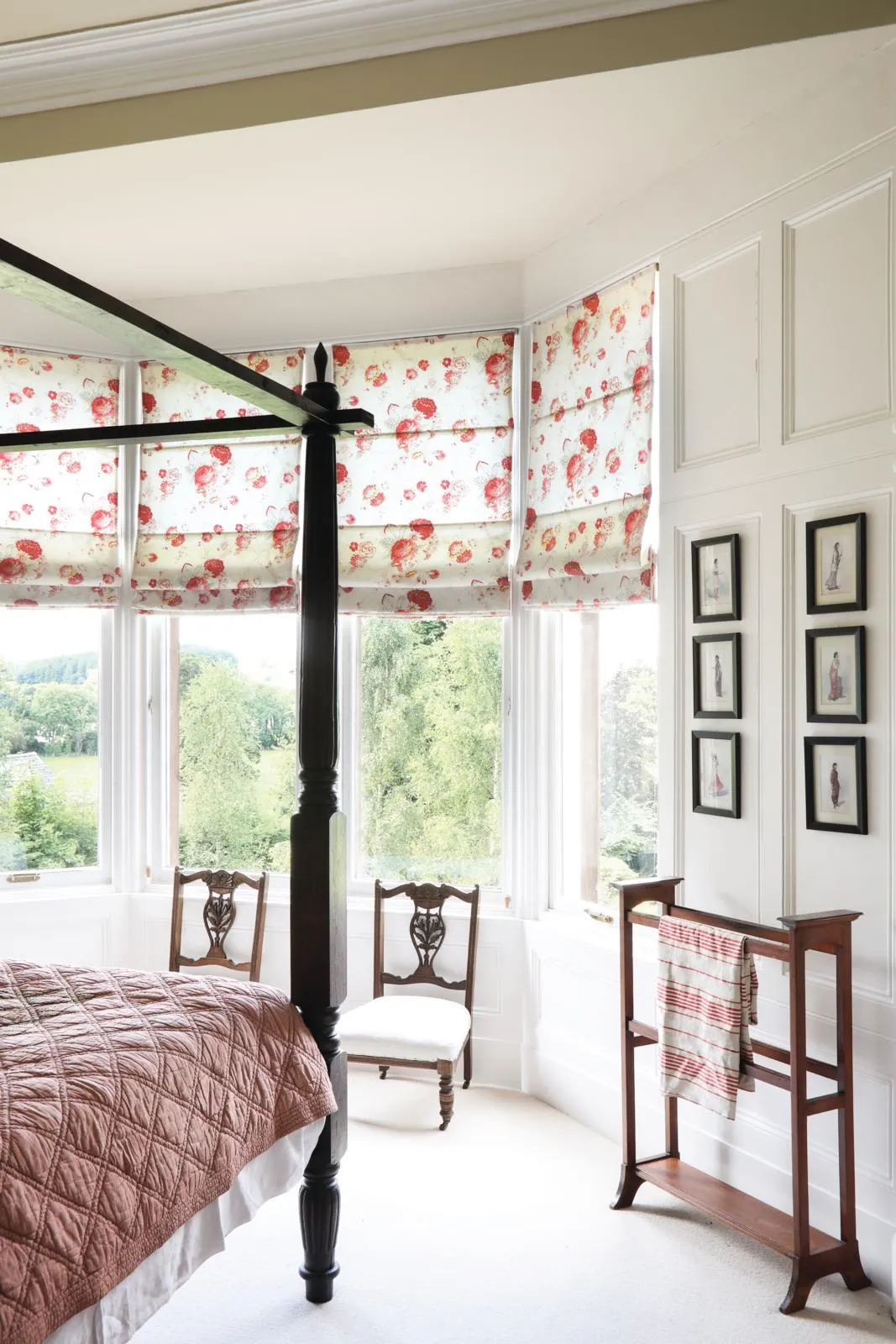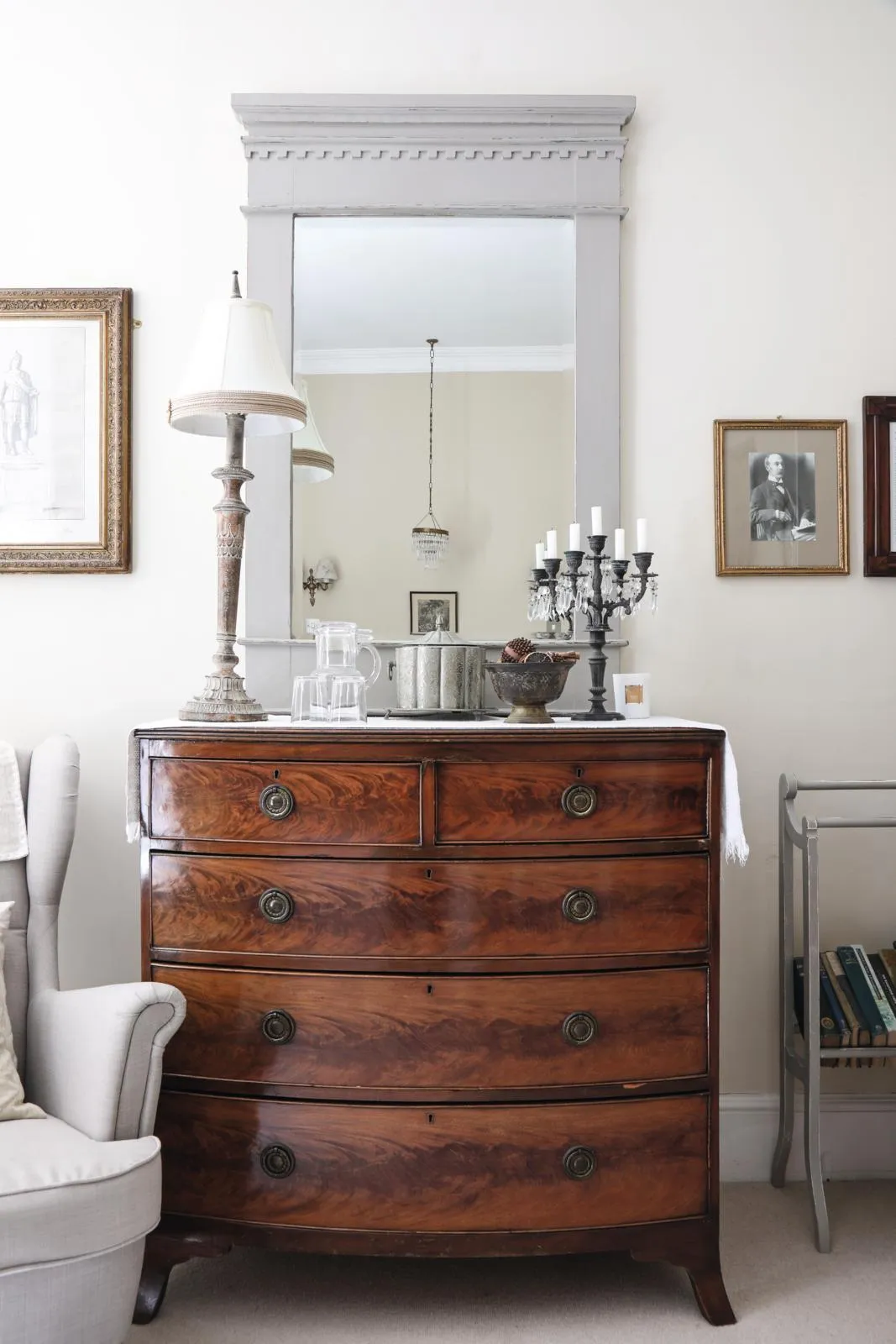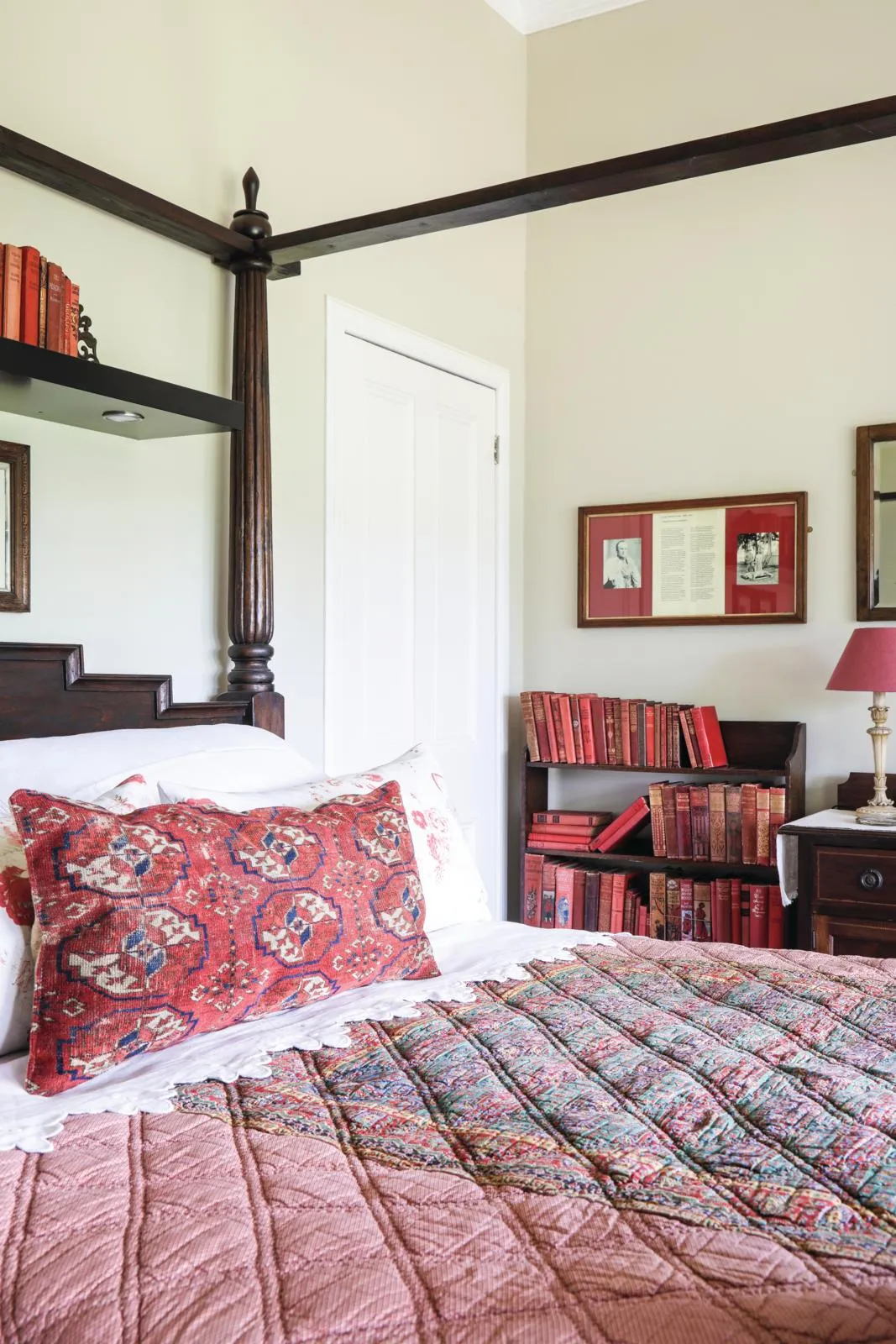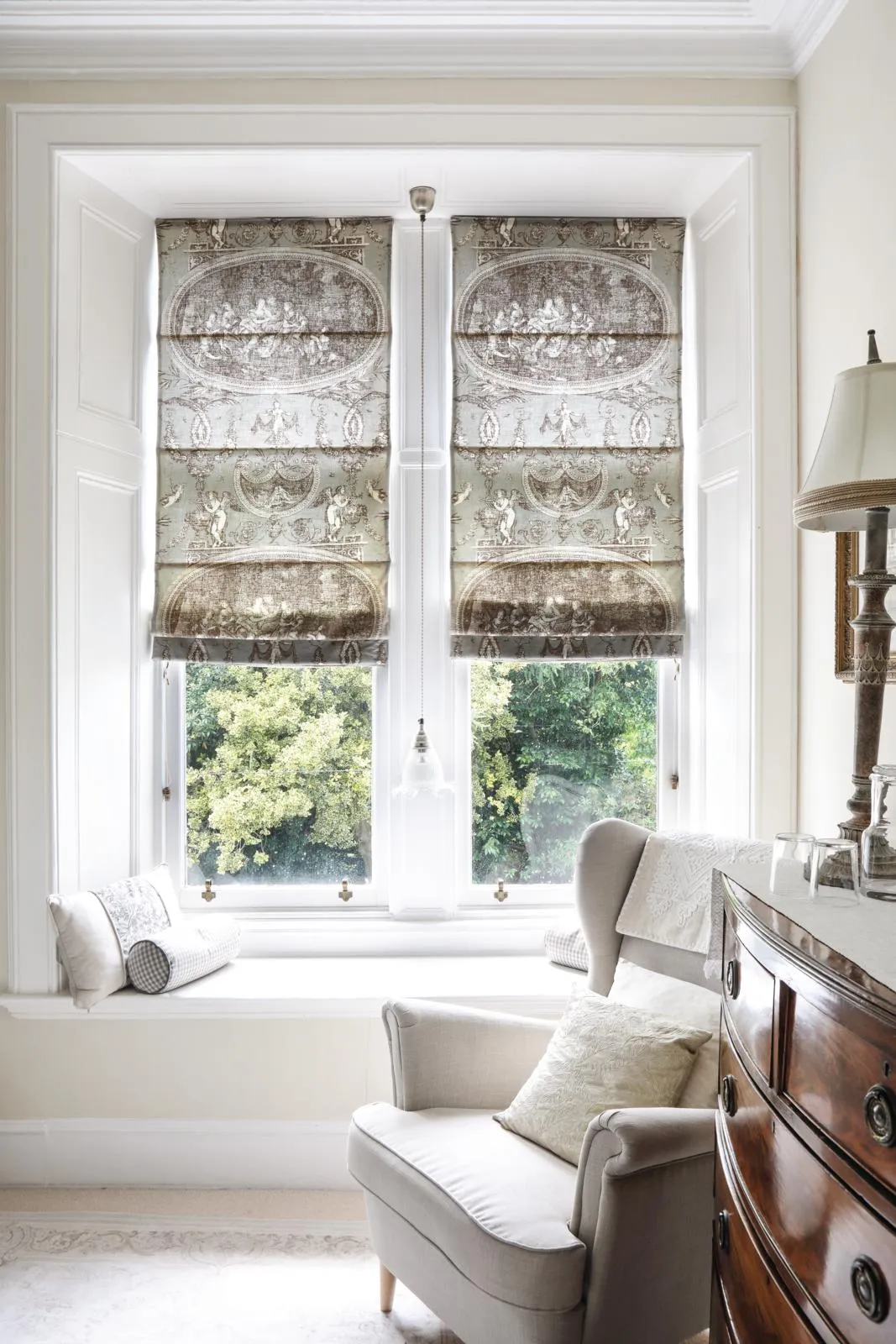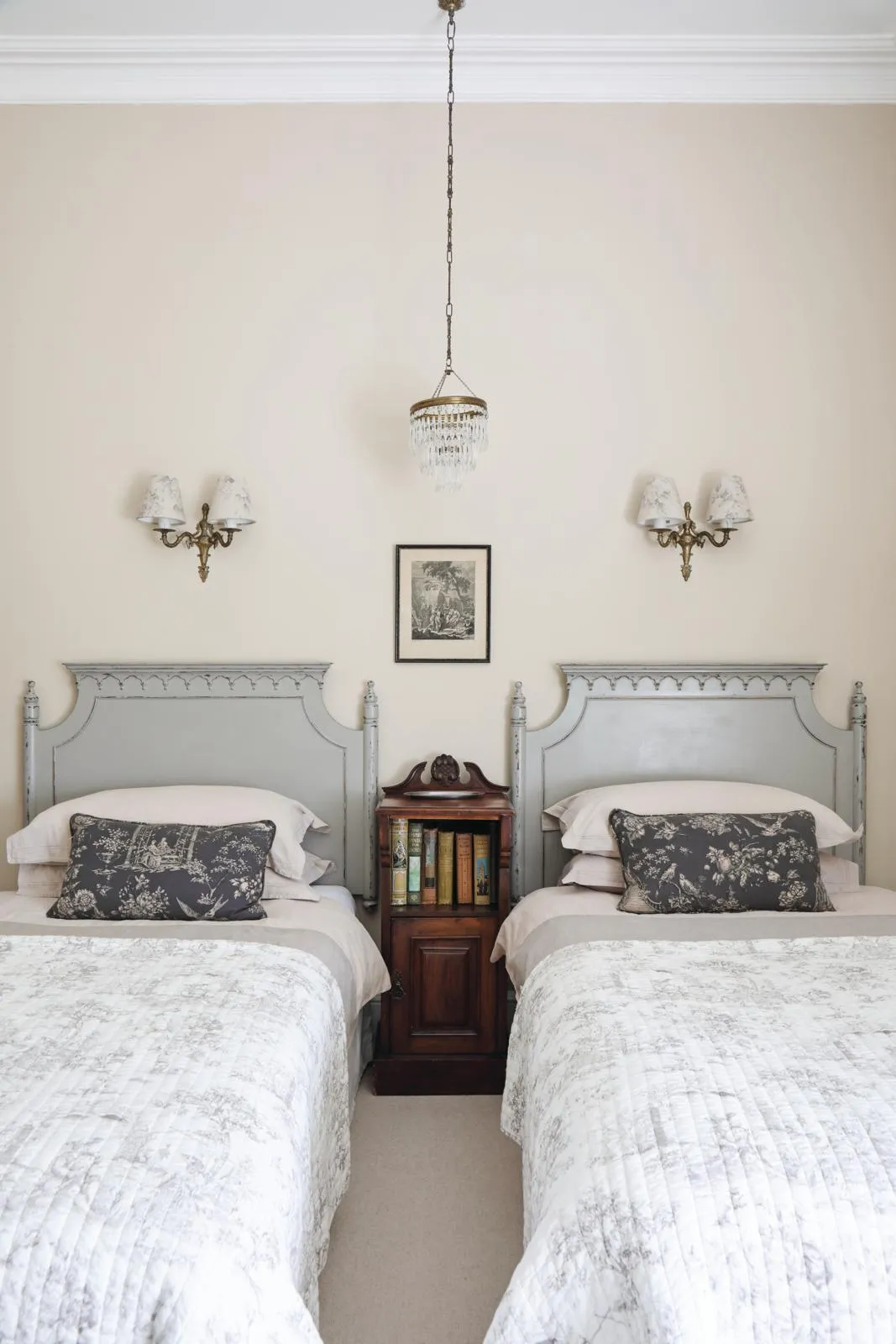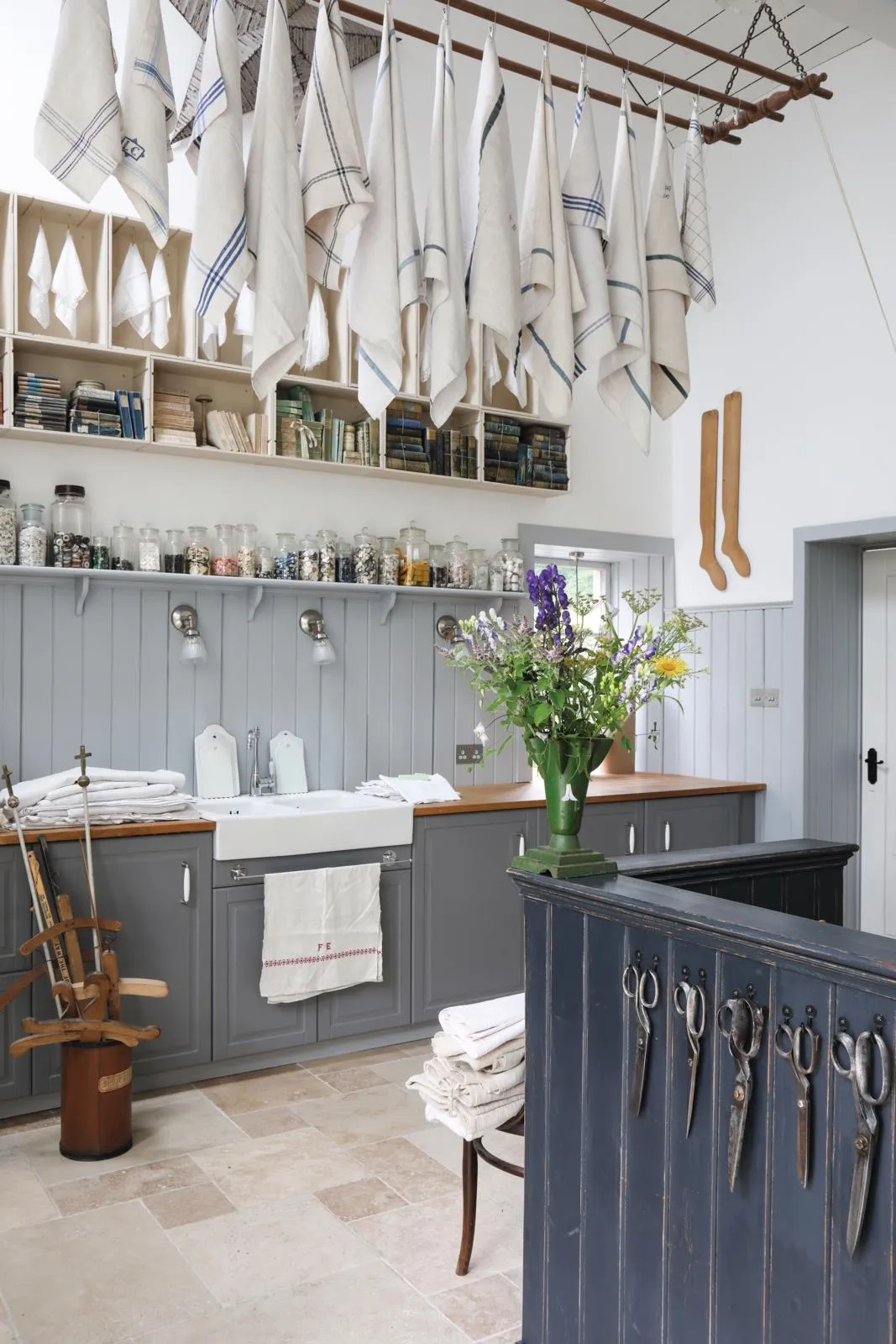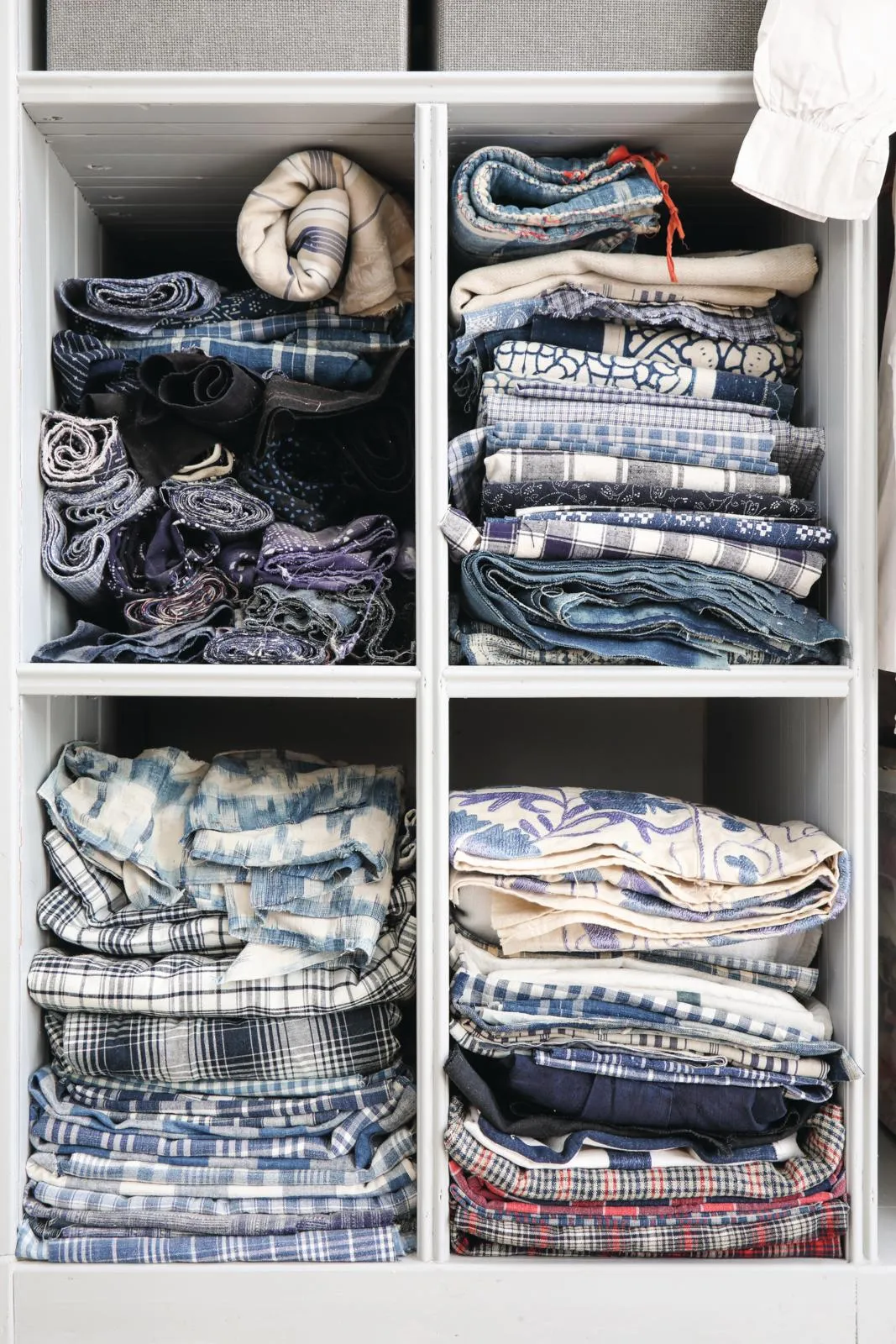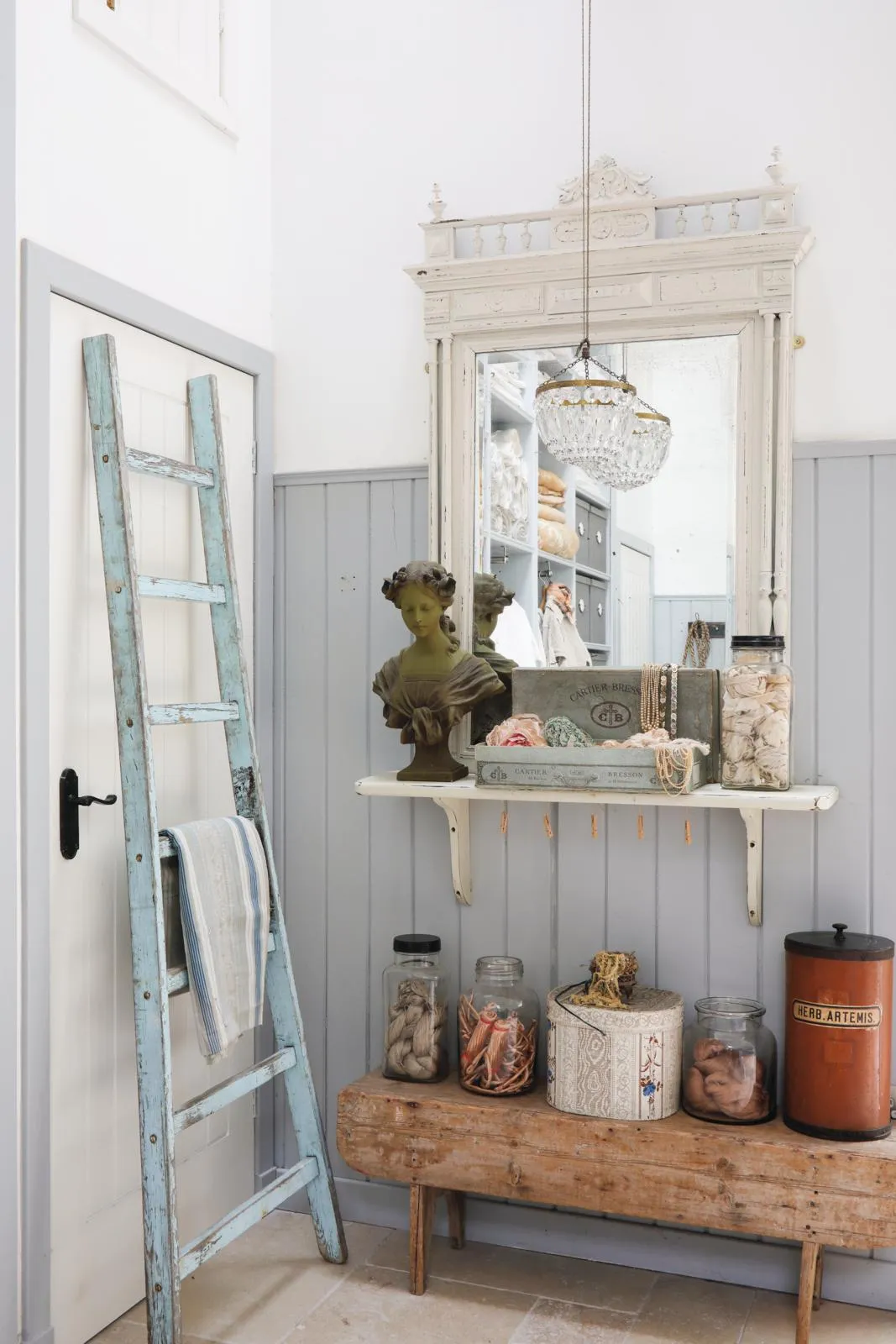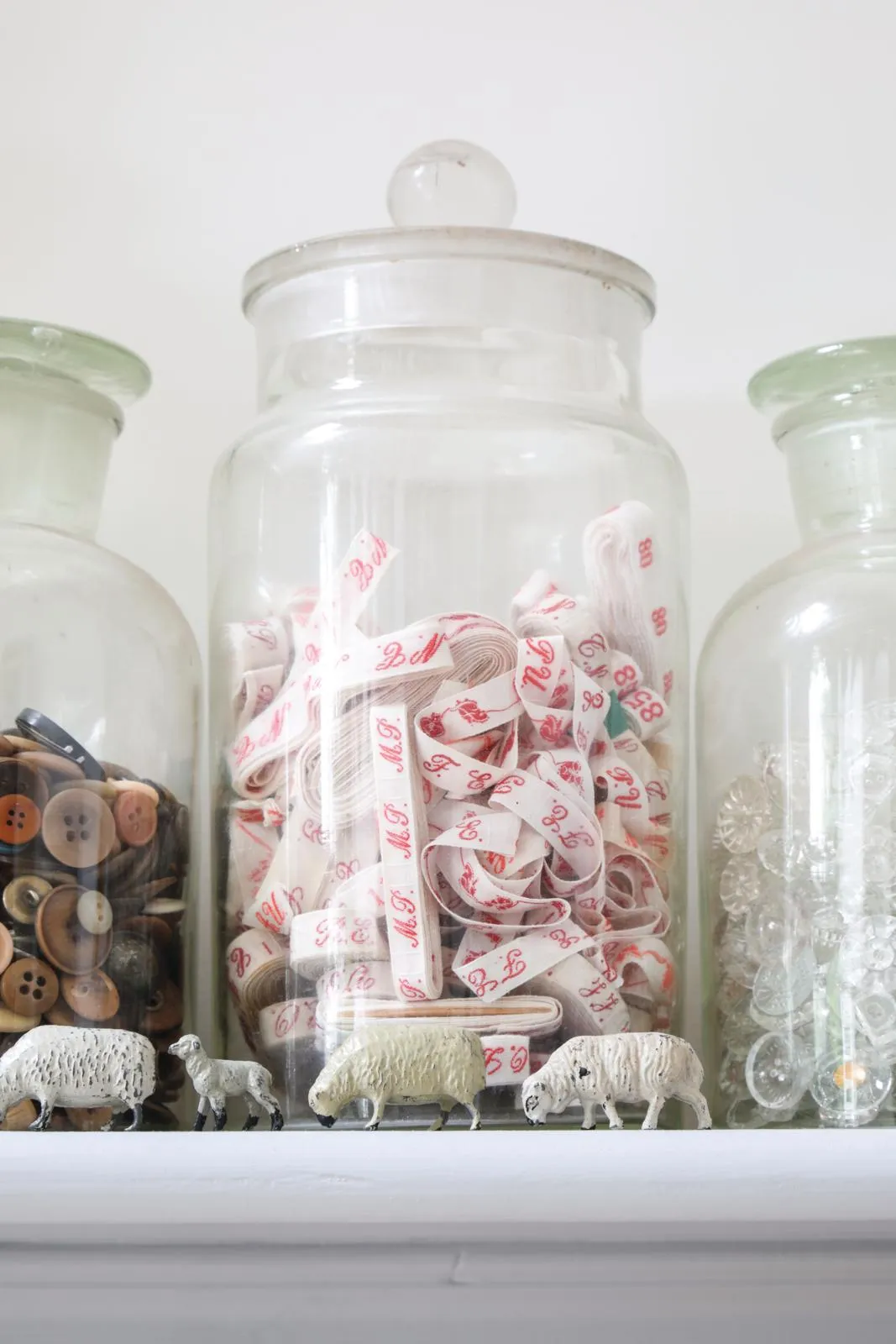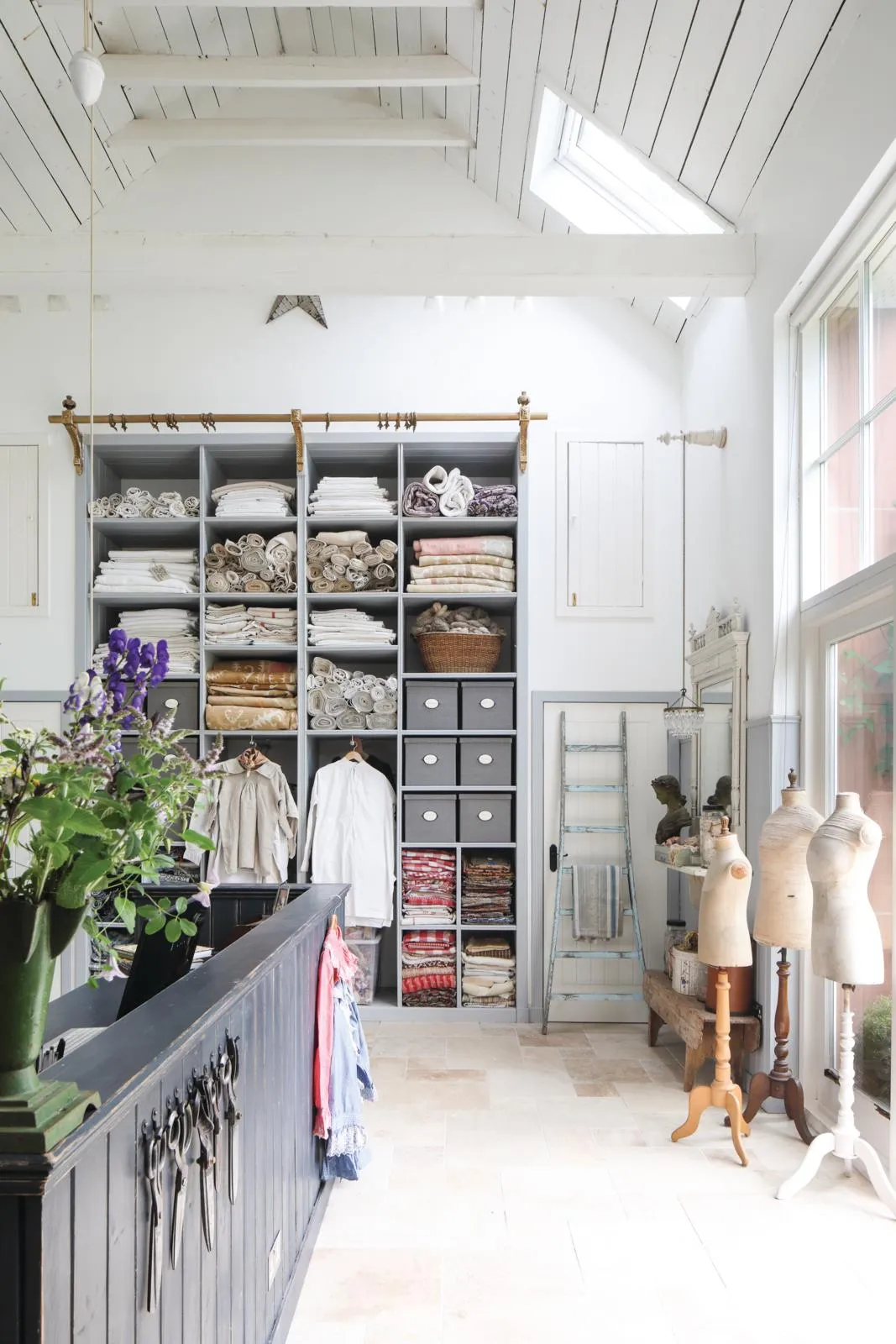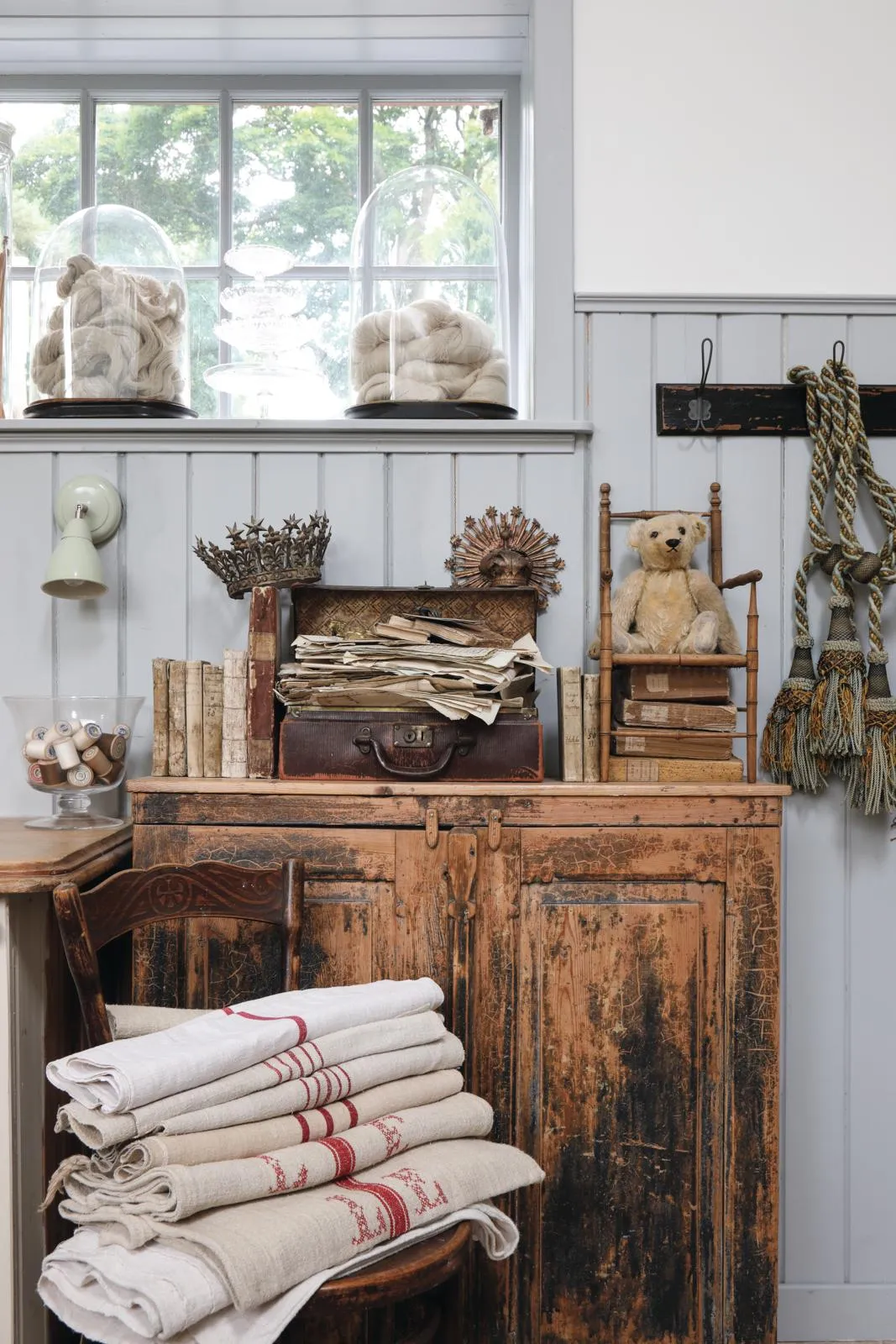For Jennifer Bristow-Smith, an antique textiles dealer who originally studied sculpture and textiles, it is the history of printed wares that intrigues her the most. ‘I’m a hunter-gatherer, not a collector. I like finding things and then researching their story. Textiles offer a tangible link with past lives. We all live with fabric – be it a rug, or bed cover – so we can all relate to it.’
Jennifer’s provenanced wares are not cheap. ‘Although some dealers buy from me, my main clients are collectors, historians and designers, who know their stuff.’ Some buy the rarer pieces to reproduce the designs; others to make cushions or for upcycling. A set of 18th-century panels block-printed in Coromandel, a former Dutch colony in southern India, recently found its way to an Indian historian who is writing about the subject. ‘But I’ll often buy things just because they look interesting. Sometimes they’re valuable, sometimes not.’
The hub of her enterprise is the handsome Victorian house in Kirkcudbright, Scotland, where she lives with her husband, Laurence, a diplomat turned historian. They bought it 15 years ago, while posted in Milan. Built for a prosperous local solicitor in 1890, the house was in reasonably good shape. Inside, all it needed were cosmetic tweaks, as well as the luxury of five new bathrooms and a great deal of bookshelves. Outside, gardens tumble down to a wide, tidal river.
Her business began when they moved into the house with a depleted bank balance. ‘While we were in Milan, I’d begun buying textiles in markets or antiques shops.’ Then a friend suggested she try selling them at a local car boot sale. ‘It was a disaster,’ says Jennifer. ‘People were offering £2 for something worth £50.’ So she turned to selling on eBay, with greater success.
Visiting a local auction a few days later, she spotted a box of antique Irish lace. She put in a ‘measly’ bid of £30 and ‘forgot about it. A few days later they called me. I had won it. I knew nothing about lace, but in the lot there was a book with a list of all the lace, who it belonged to, the dates and types of lace. At that time I had no idea about the difference between Brussels or Irish lace. I started to read about antique lace, sorted out the collection, and it all sold on eBay for exceptionally good prices. My business took off from there.’
When textiles began to overtake the house – heaped on tables, or jammed in cupboards – the couple turned their attention to converting the outhouses. A former stables, where a groom once lived above the hayloft, is now a bright workroom and double-height studio where Jennifer sorts, cleans and prepares her textiles for sale. Antique French tea towels, in jaunty stripes, flutter from the drying racks, and jars of hand-carved mother-of-pearl buttons gleam from jars.
Shelves are lined with books about embroidery, lace, ribbons, quilts, toile de Jouy... ‘It’s not just fabric that intrigues me but the things around it: costume, passementerie, haberdashery. One of my most interesting finds was a Columbine costume; it had silk petals and red silk boots with gilded heels.’ The label revealed it had been made by a leading London couturier, who once dressed Princess Alexandra for an Edwardian house party when she staged amateur dramatics.
Some of Jennifer’s earliest memories involve textiles. Her father was in the RAF and she had a peripatetic childhood, growing up in Malaysia and Cyprus. She remembers the vibrant costumes of the Peking opera performers in Penang, and the vibrant Batik fabrics in markets. Boarding school in 1970s Scotland, by contrast, was grim. After art school she escaped. First to Scandinavia, where she worked as an artist and curator, learning about local textile traditions. Then, craving sunshine, she headed to Marrakech, where she drew on her sculptural training to restore houses. ‘It was all about materials: terracotta tiles, glazed Tadelakt walls and handwoven fabrics,’ she says.
Textiles inevitably spill into this house, adding to its well-travelled air. Everything has been put to work. The kitchen banquette is covered in French ticking; the cushions made from German grain sacks. Cotton reels have become sturdy hooks. The bedrooms are named after famous diplomats: Curzon, Lansdowne, Balfour and Nicolson, with appropriate books, photos and framed letters. The books are bought by the box, ‘much to the horror of our local bookseller,’ to bring a blaze of colour to pale walls. In one room there was no space for a wardrobe, so Jennifer painted a faux one, adding hooks for dressing gowns.
Jennifer travels to southern France regularly, to scour the markets. ‘I find fewer good textiles in northern France, perhaps because, during the Second World War, many of the grand houses and chateaux were plundered.’ She knows many of the dealers and her clients’ wants. One stitches antique glass beads into glamorous wedding dresses; another makes slouchy jackets from grain sacks; and the 18th-century embroidered waistcoats are snapped up by a dandified Londoner. In the world of textiles there is something for everyone, whatever your whim.
